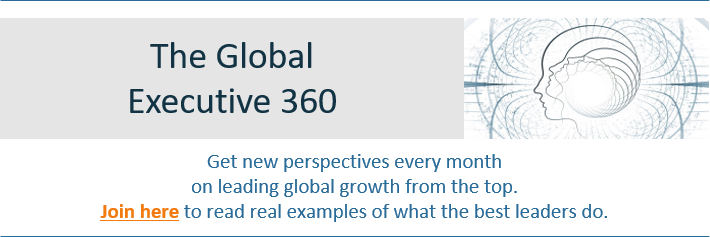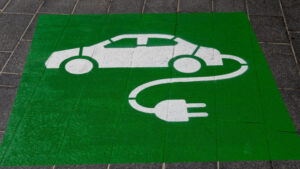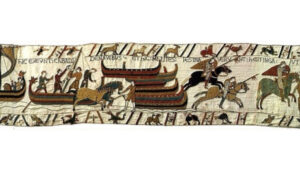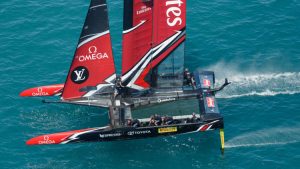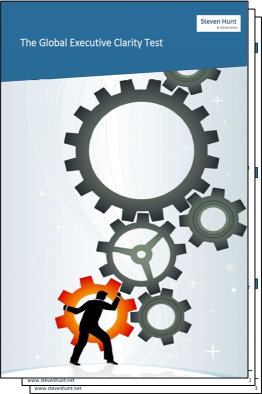From the bird strike to landing the plane on the Hudson River, Chesley Sullenberger and Jeffrey Skiles had only four minutes to save themselves and the 153 other people on board the US Airways flight. That’s four minutes for four sequential steps:
- understand what has happened,
- assess the options,
- decide, and
- take action.
We all know the rest of the story – a successful emergency landing and, thankfully, no lives lost.
In the film “Sully”, the crash investigators challenge Sullenberger’s decision-making. In particular, they argue that his decision not to fly to the nearby airport in Teterboro was wrong.
Flight simulations showed that it was possible to land at Teterboro or even return to La Guardia. They said Sullenberger had wrongly assessed his options (Step 2), taken a bad decision (Step 3), and taken a reckless action (Step 4).
We must factor in human behaviour, confusion and uncertainty
But those simulations ignore key factors. They assume Sullenberger:
- was expecting the problem – of course, he wasn’t,
- would immediately know that the bird strike had caused both engines to totally fail, and
- would immediately put into action an alternative plan.
The reality is different. In high-stress situations, vital seconds are lost to shock, confusion and decision-making uncertainty.
The questions for your global executive team
Global executive teams can easily get lost in the fog of confusion, especially when products are doing well in most markets. Decision-makers should ask themselves:
- As an executive team, what is the range of our global radar? What are we aware of and what do we ignore?
- When do we get to know about big local problems – immediately or when it is too late?
- How do we minimize the time it takes bad news to get to the executive team (or key decision makers)?
Good global companies establish formal communication channels. The best have both formal and informal channels. When the birds hit the plane, the pilots don’t fill in an accident report form. They immediately react to the situation in front of them.
How Starbucks in Australia handled confusion and uncertainty
Starbucks opened its first store in Australia in 2000. Since then it has been a bumpy ride.
In 2008, Starbucks Australia closed 61 of its 85 stores. Whereas Starbucks boomed across the USA, Asia and Europe, it failed to adapt to the local market in Australia.
That’s because success in the coffee shop business depends on three factors: the coffee, the place, and the service.
Starbucks did well in places with an undeveloped coffee-drinking culture, like Japan. Plus in many countries, Starbucks was a cool place that wasn’t home or the office. Australia was different. It already had hundreds of well-differentiated local coffee shops. Starbucks’ standardized global product wasn’t a differentiator.
Credit to Starbucks; it has made a strong comeback. Today, it has 57 stores in Australia. It accepted the confusion. It understood what had happened (Step 1). It assessed the situation (Step 2). Then it re-focused on three big cities: Sydney, Melbourne and Brisbane (Steps 3 and 4).
Starbucks’ recovery and Sullenberger’s emergency landing show us that even in dire straits, key decision makers can turn the situation around.
It works when they forget the hubris of previous success and drop the it-won’t-happen-to-us mentality.
The best global executives start with the assumption that they will never know everything about the local market. Instead they react to bad situations with understanding, evaluation, and clear action. This is what makes the real difference in global success.


